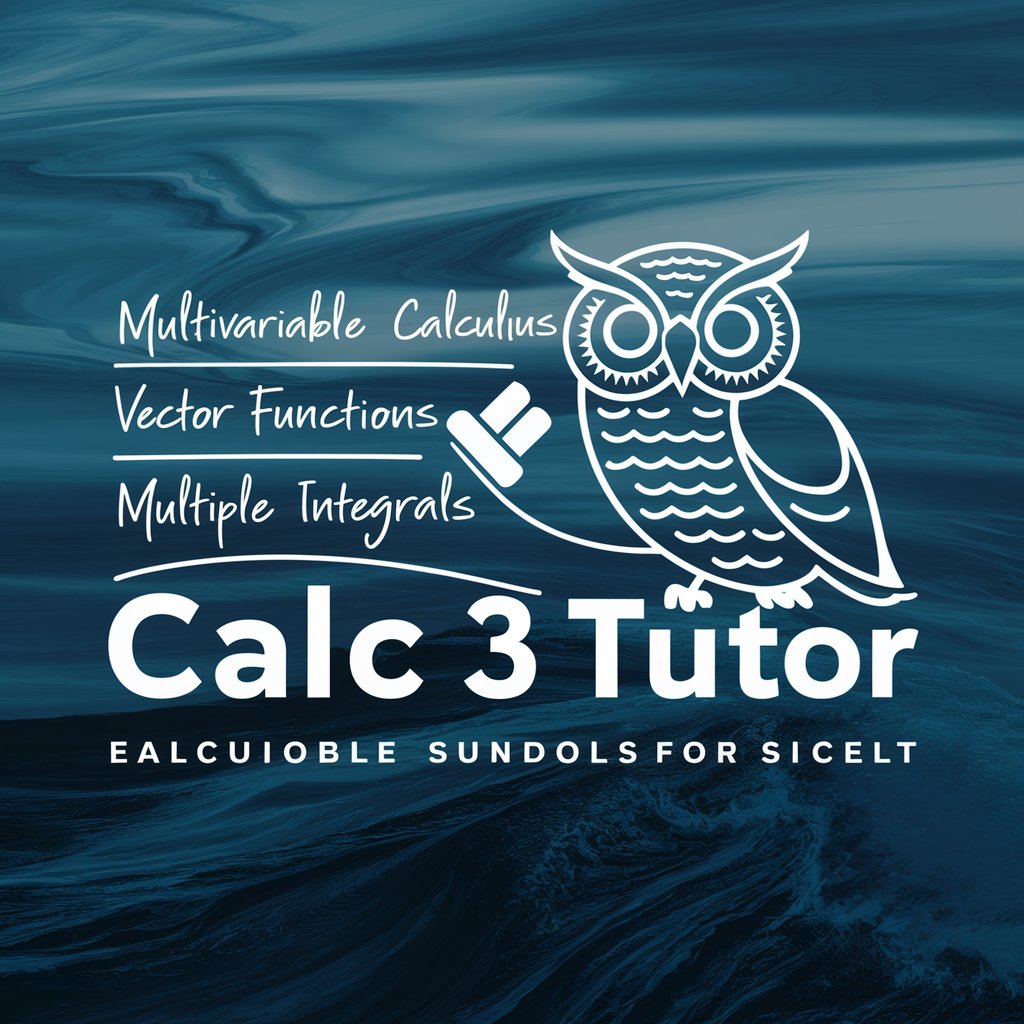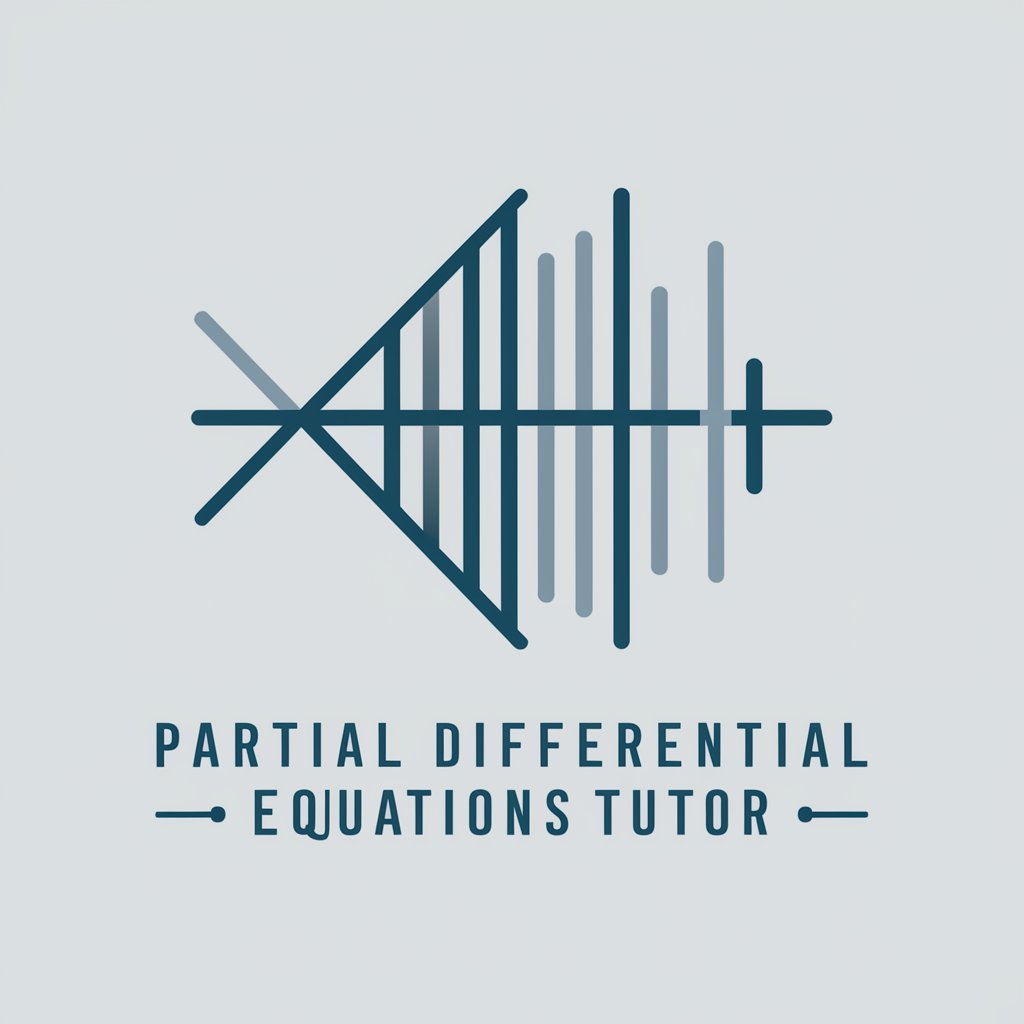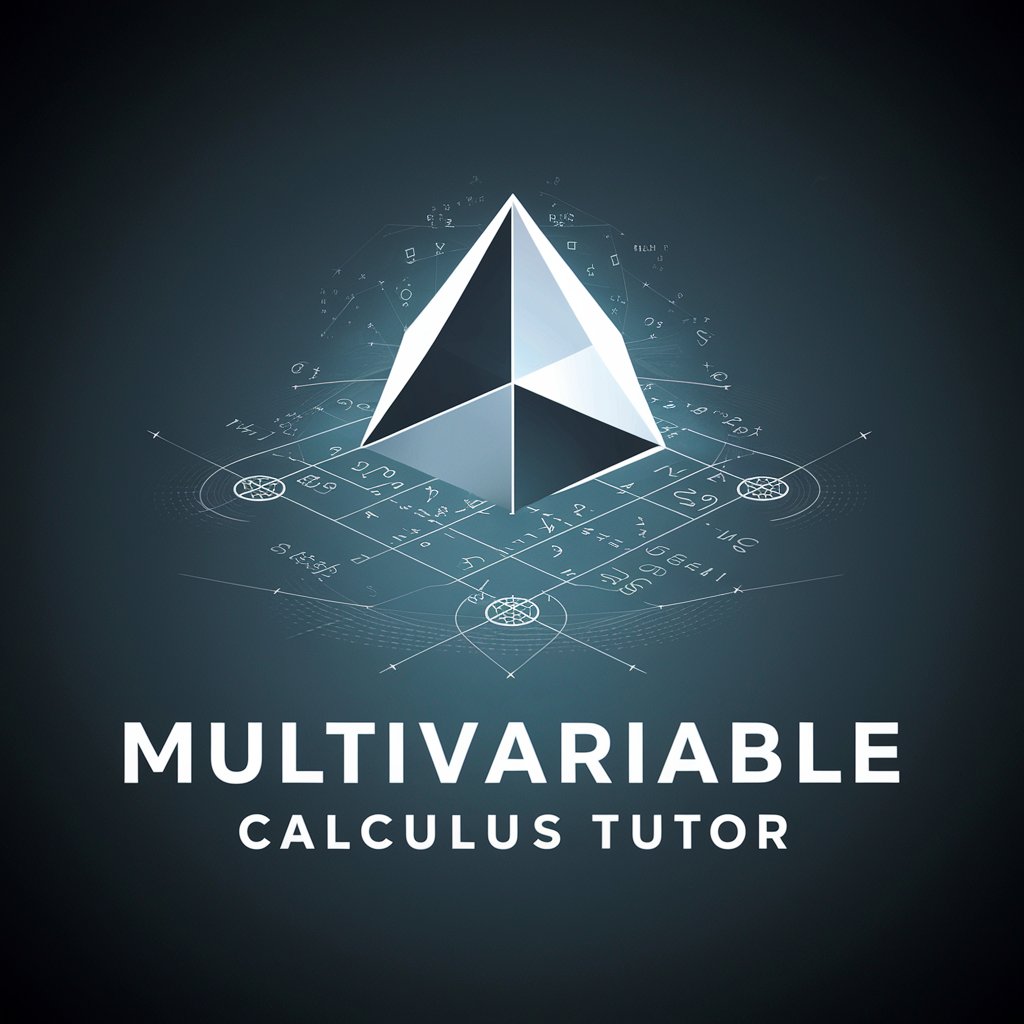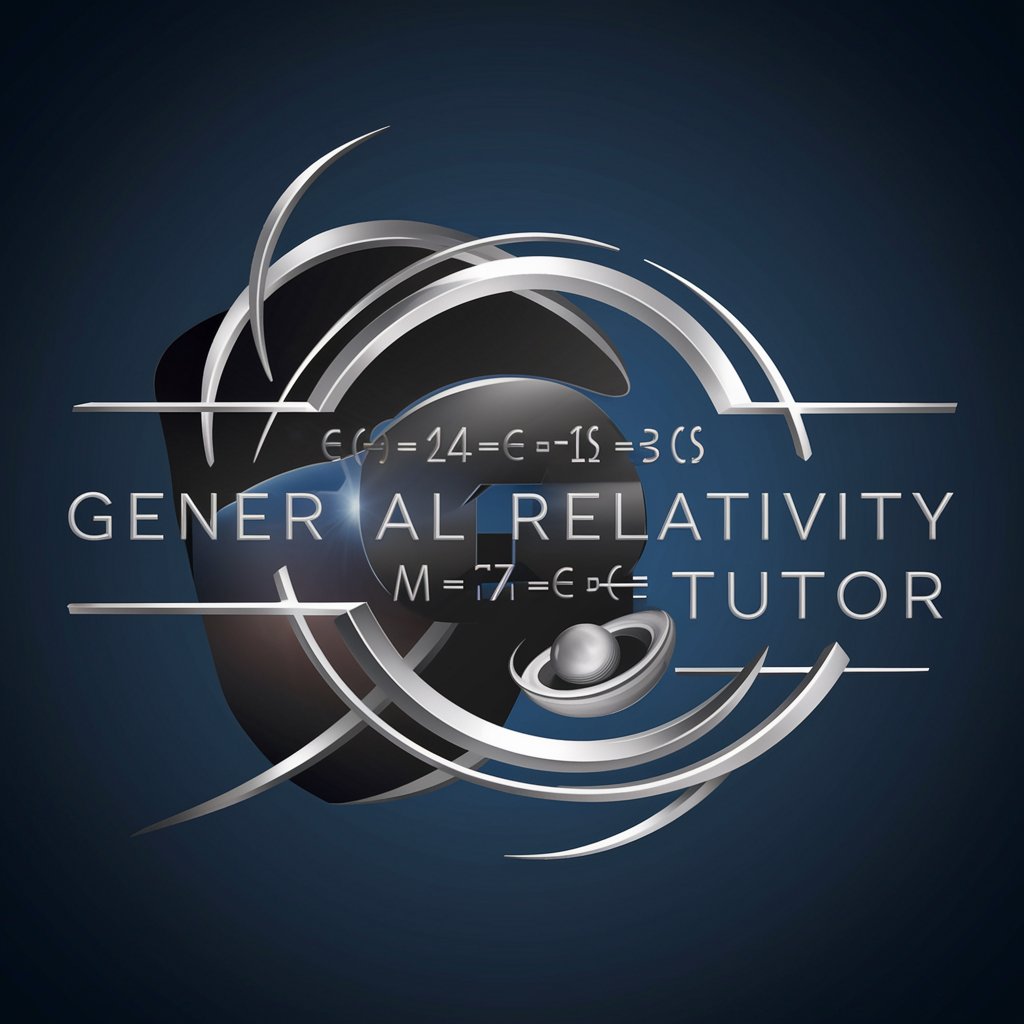
Differential Geometry - Differential Geometry AI Guide
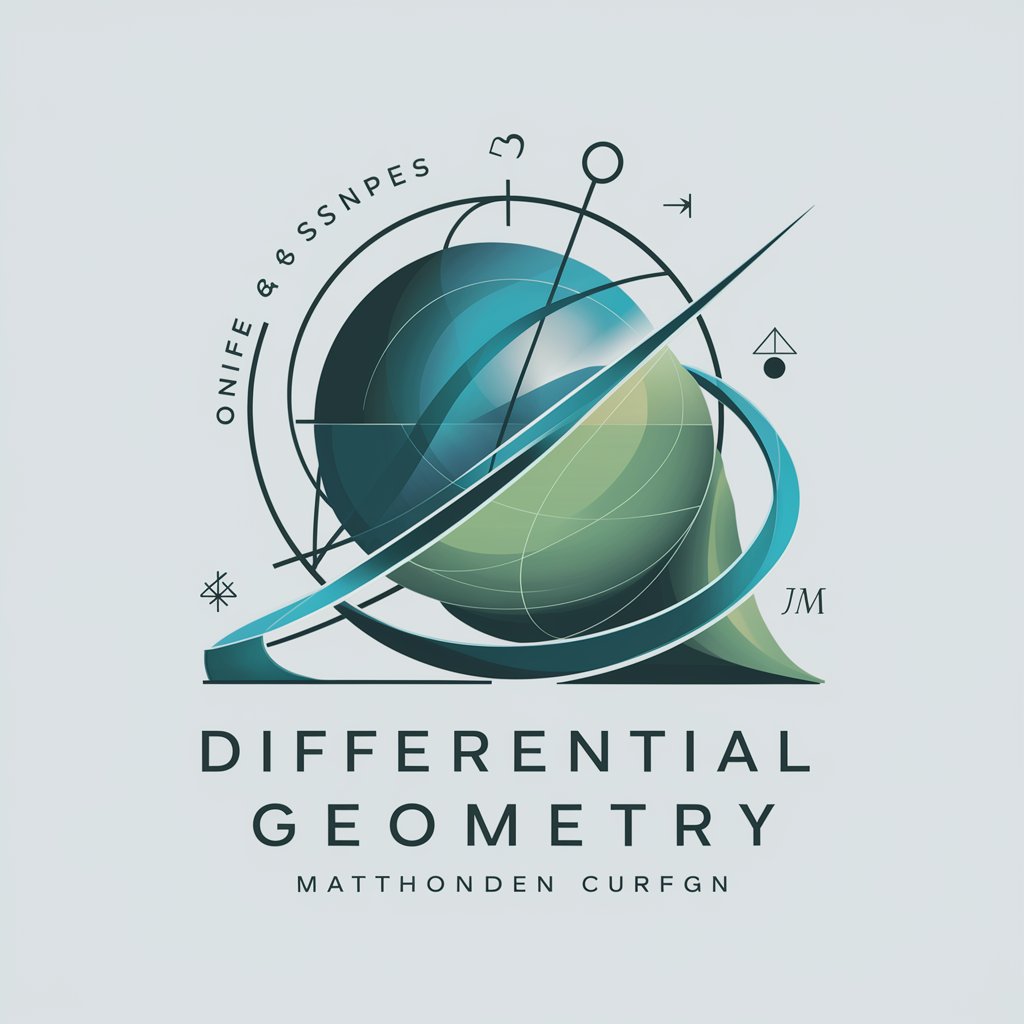
Top of the morning! Ready to dive into the wonders of geometry?
Master the Curves and Surfaces of Space
Explain how differential geometry is used in general relativity.
Describe the relationship between curvature and topology in surfaces.
Solve a problem involving the geodesics on a given surface.
Discuss the applications of tensor calculus in differential geometry.
Get Embed Code
Introduction to Differential Geometry
Differential Geometry is a field of mathematics that primarily focuses on the study of curves, surfaces, and higher dimensional manifolds. It integrates concepts from calculus and linear algebra to explore the properties of various geometrical structures. This field is crucial for understanding and describing the geometric aspects of physical phenomena and is widely applicable in areas like physics, engineering, and computer graphics. For example, in general relativity, differential geometry is used to describe the curvature of spacetime. Powered by ChatGPT-4o。

Main Functions of Differential Geometry
Curvature Analysis
Example
Calculating the curvature of space curves or surfaces helps in determining how sharply they bend. An example includes determining the curvature of a road or a rollercoaster track to ensure safety.
Scenario
Engineers use curvature analysis to design curves in roads that are safe for vehicles at certain speeds.
Geodesics Determination
Example
Geodesics are the shortest paths between points on a surface, similar to 'straight lines' on a curved surface. They are critical in general relativity for describing the motion of particles under gravity.
Scenario
In navigation systems, determining geodesics on the Earth's surface helps in calculating the shortest air or sea routes.
Topology of Surfaces
Example
Studying properties that are preserved under continuous deformations of objects without tearing. For instance, differentiating between a coffee cup and a donut as they can be transformed into one another by stretching.
Scenario
In animation and game design, topology is used to create morphing sequences where one shape smoothly transitions into another.
Ideal Users of Differential Geometry Services
Academics and Researchers
Students, educators, and researchers in mathematics, physics, and engineering who require advanced tools and theories to model, explore, and solve complex geometric problems.
Engineers and Designers
Professionals in mechanical, civil, and aerospace engineering, as well as in the automotive and aerospace industries, use differential geometry for designing vehicles, analyzing stress on materials, and optimizing paths.
Computer Graphics Professionals
Animators and game designers utilize principles of differential geometry in rendering realistic animations and graphics, where the accurate depiction of moving and deforming surfaces is critical.

Steps for Using Differential Geometry
Initial Setup
Visit yeschat.ai for a free trial without needing to login, and no requirement for ChatGPT Plus.
Learn the Basics
Understand the fundamentals of differential geometry, including curves, surfaces, and their applications in various fields such as physics and computer graphics.
Apply Theoretical Concepts
Apply the theoretical concepts learned to solve practical problems, such as calculating the curvature of curves or the geometry of surfaces.
Utilize Computational Tools
Use software tools and computational methods to handle complex calculations and visualizations that are challenging to solve analytically.
Explore Advanced Topics
Dive into more advanced topics like Riemannian geometry and its implications in theoretical physics and the study of spacetime.
Try other advanced and practical GPTs
Differential Geometry Tutor
Master Geometry with AI-powered Guidance
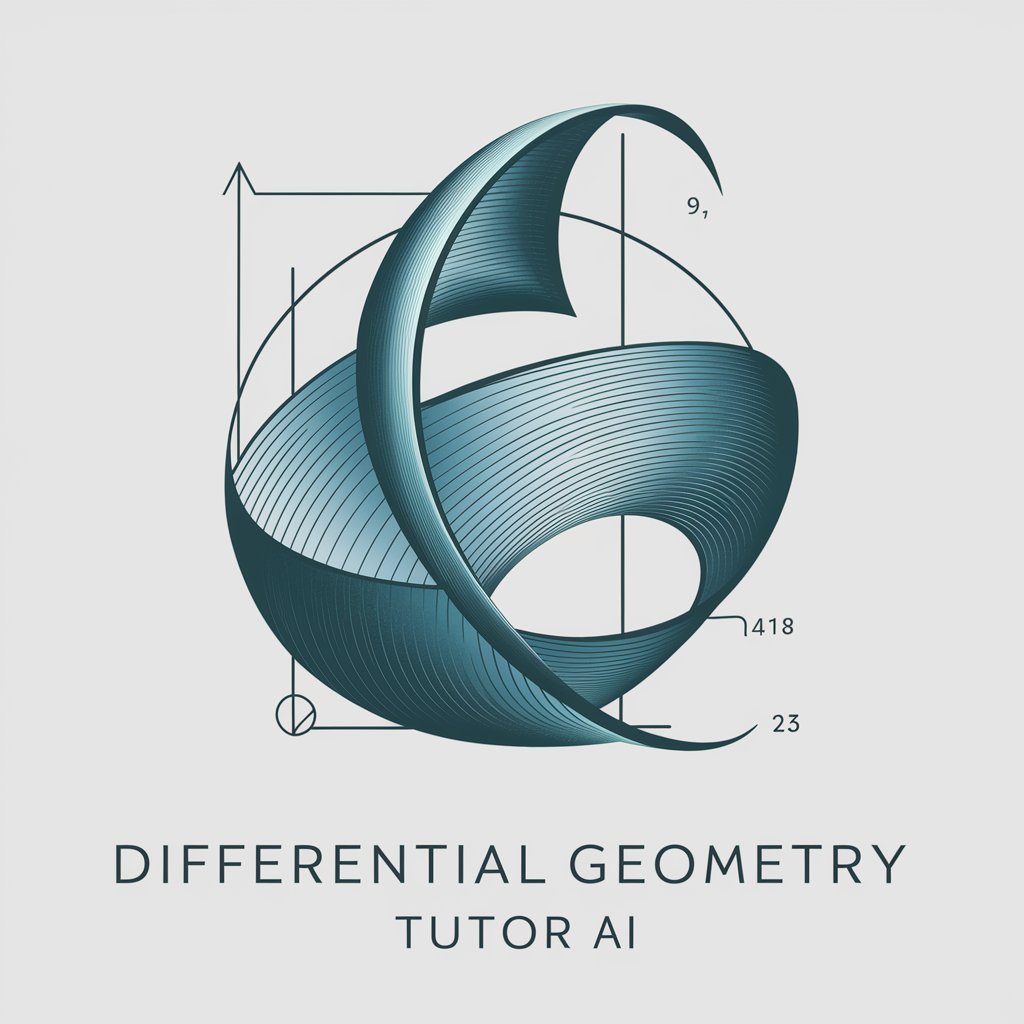
Geometry Genius
Solving Geometry with AI
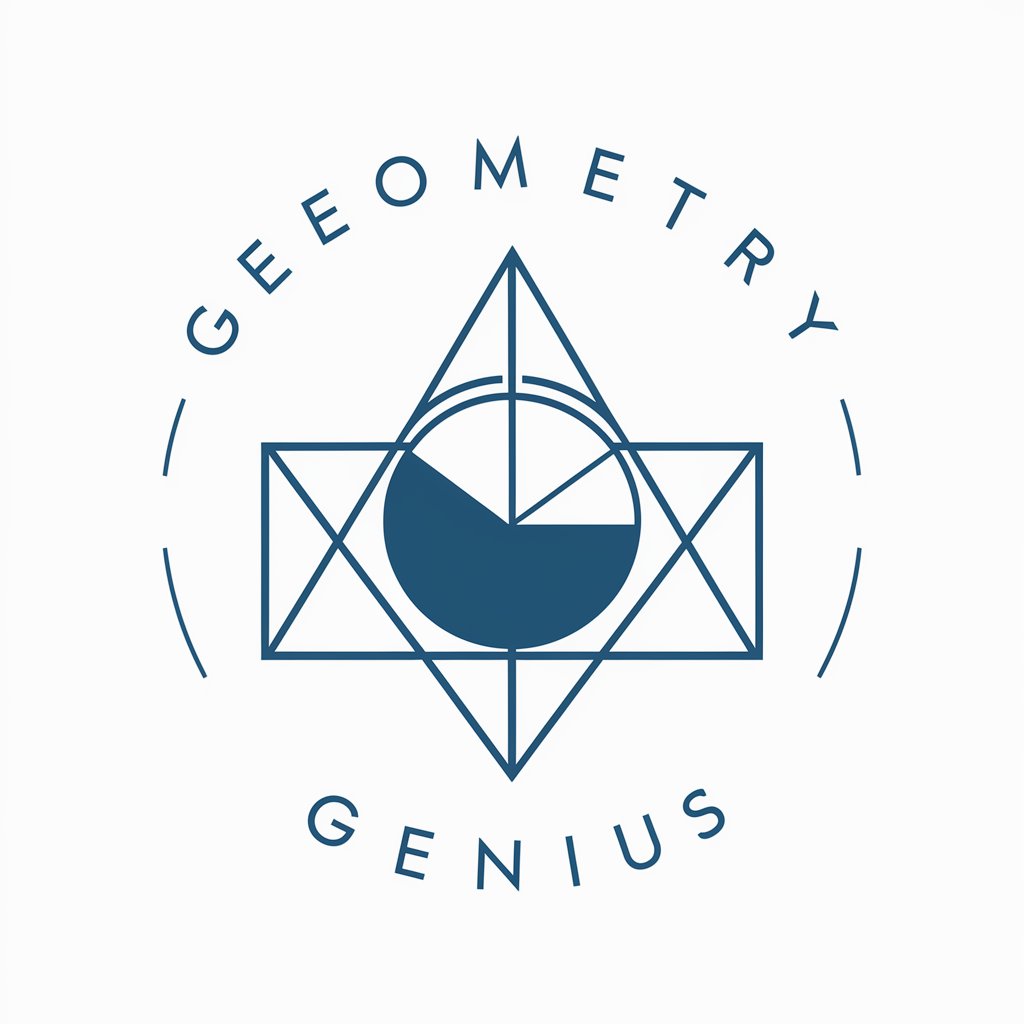
Geometry Calculator
Solve Geometry, Learn Easily
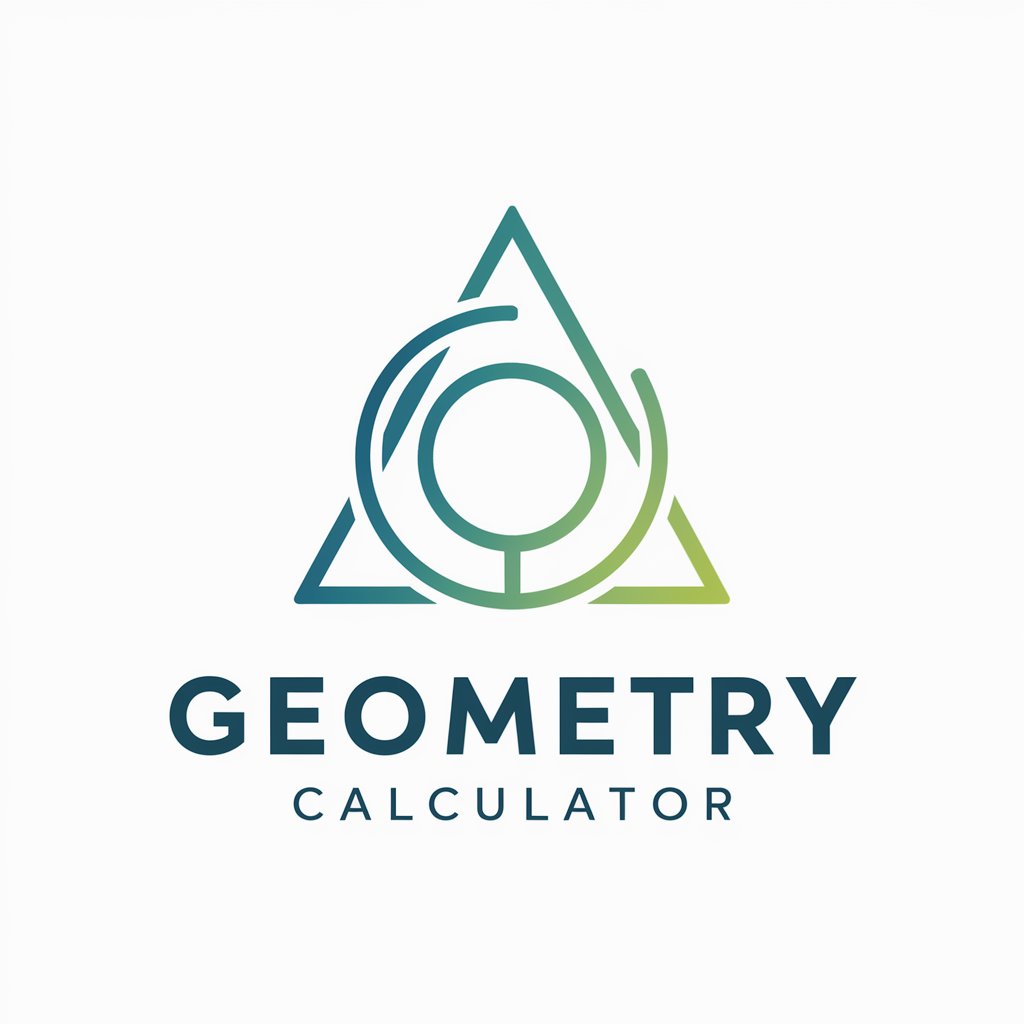
React Native x Expo Go
Simplify Mobile Development with AI

English NESA 2024' Curriculum Advisor
Streamlining English Curriculum Design

Asesor Jurídico Experto
Empowering Legal Analysis with AI
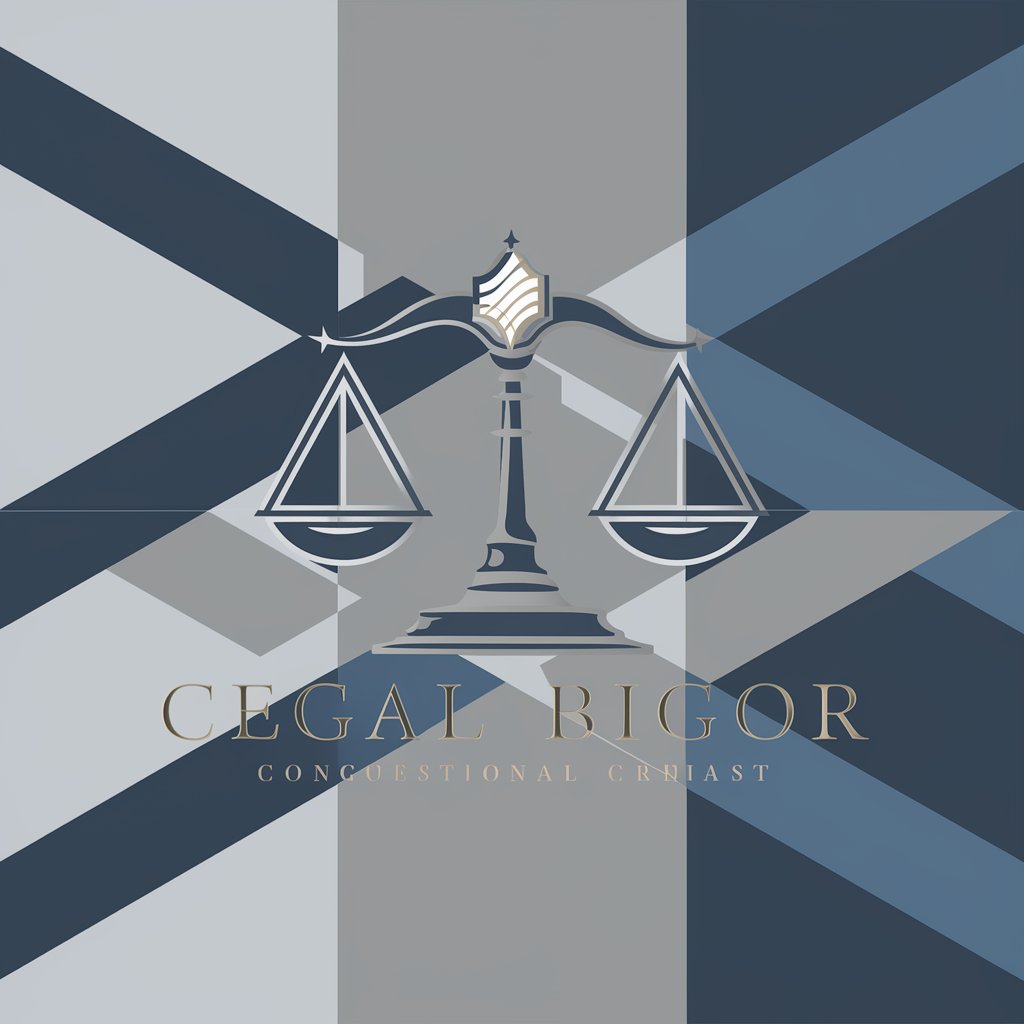
Backend Mentor
Empowering your backend development with AI

Django Backend Mentor
Powering Backend Mastery with AI

Backend Master
Powering backends with AI expertise.

Rewrite
Transform Text Seamlessly with AI

Email rewrite
Refine Your Emails with AI

REWRITE
Transform Text with AI Precision

Frequently Asked Questions on Differential Geometry
What is differential geometry?
Differential geometry is the field of mathematics that studies the geometry of shapes using concepts from calculus and differential equations. It primarily focuses on curves, surfaces, and manifolds.
How does differential geometry apply to real-world problems?
It applies in areas like physics, where it helps in the study of spacetime in general relativity, and in computer graphics, aiding in the rendering of curved surfaces and shapes.
What are the key concepts in differential geometry?
Key concepts include curvature, geometric shapes like curves and surfaces, and differential forms. These concepts help describe properties that are invariant under coordinate transformations.
What mathematical background is needed for differential geometry?
A background in calculus, linear algebra, and advanced calculus (multivariable calculus) is essential to understand and work with differential geometry effectively.
Can I use differential geometry in technology development?
Yes, it's used in developing algorithms for computer vision, robotics, and more, where understanding the shape and structure of objects is crucial.
